- An ode to the forest
- Welcome to Chai Time at Aramness
- Food That Nourishes
- Experience the Aramness Way
- Take A Walk On The Wild Side
- That Wonderful Time of the Year
- A Truly Iconic Safari Experience
- Diversity of life in the Gir ecosystem
- The Winter Season Safari Premiere
- From A Naturalist's Lens
- Embracing Stillness in Gir
- The Feathered Friends of Gir
- Our Closest Connection to Wilderness
- The Cuddly Side of Lions
- What Deer & Parakeets Reveal About Gir’s Wild Heart
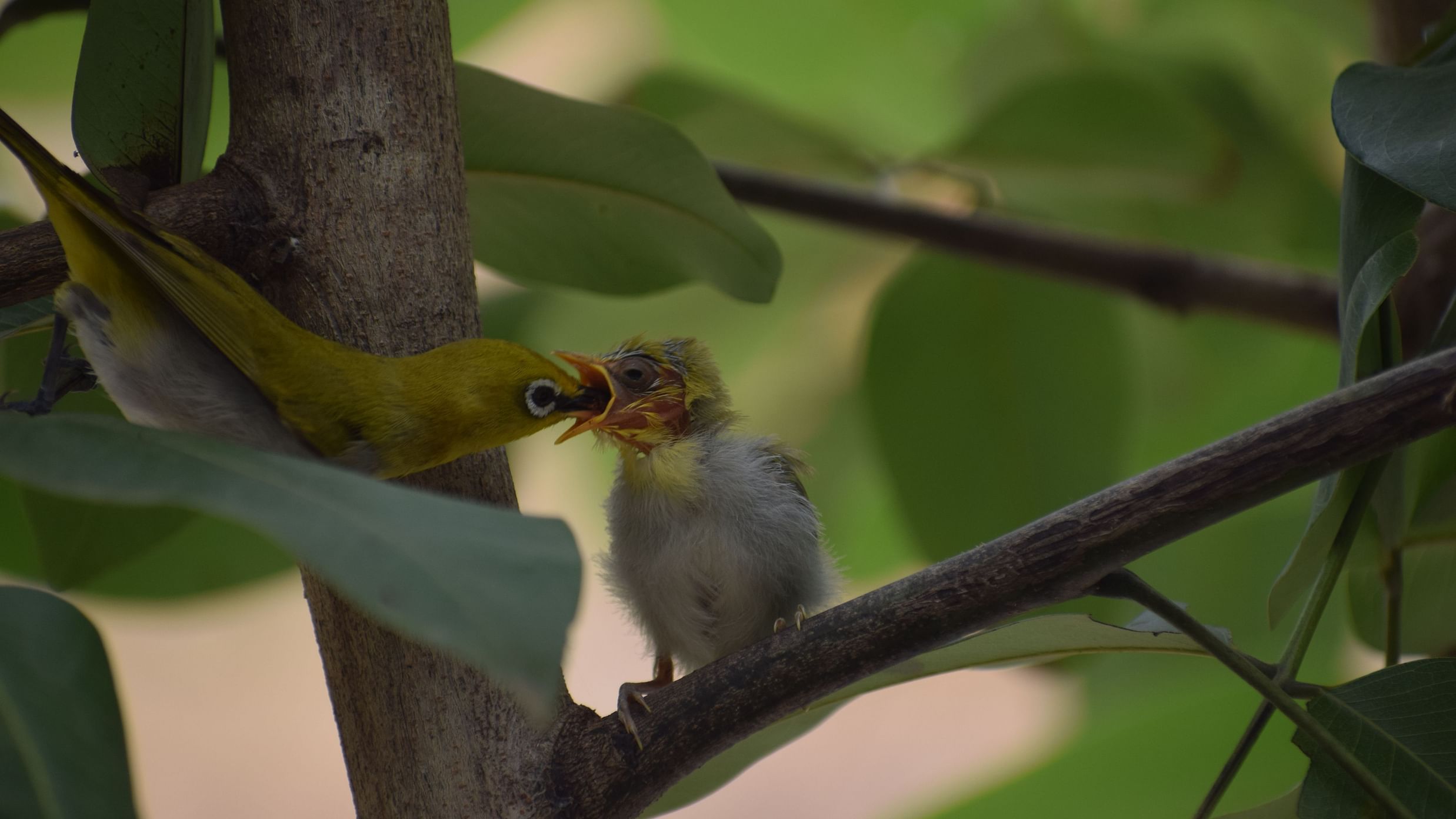
Birding forces you to be patient and encourages you to focus on the finer details of the natural world. In this blog our naturalists share some of their top birding highlights from the current season.
Searching for birds is not necessarily the first thing that comes to mind when planning a safari in Gir. However, besides the famed Asiatic Lions, Gir is, indeed, a birder’s paradise. More importantly, the birds of Gir National Park play a pivotal role in a safari experience, splashing colours and movement across the bush. Like little jewels, they radiate happiness and provide pleasant distractions whilst out on the look for the majestic big cats. Gir is gifted with some of the most splendid of birds, vibrant colours and mixtures of all shapes and sizes.
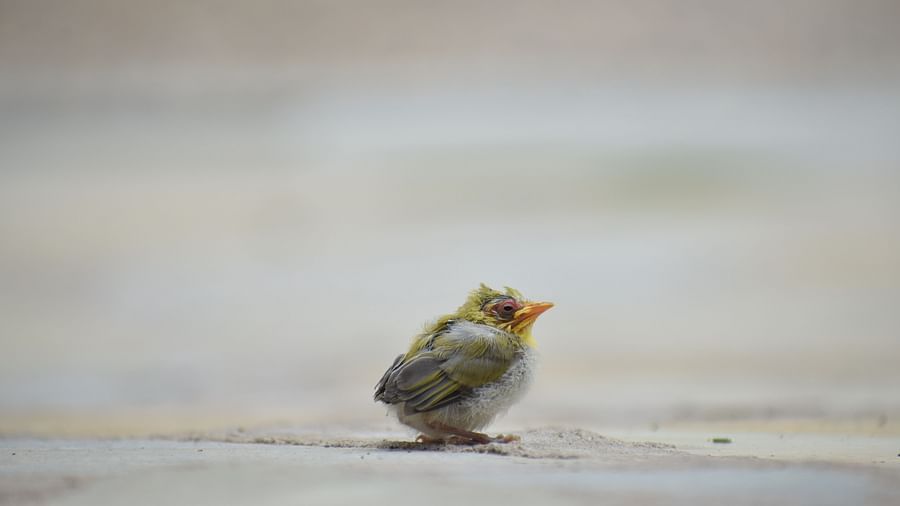
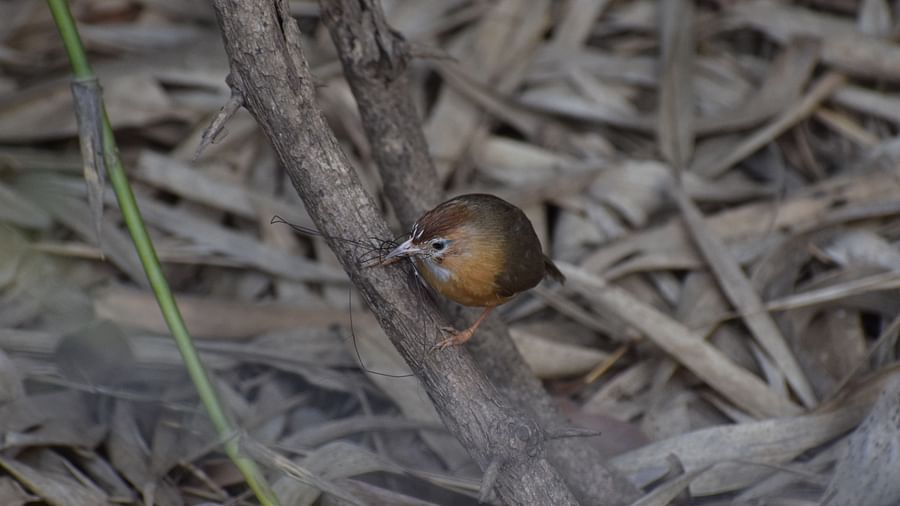
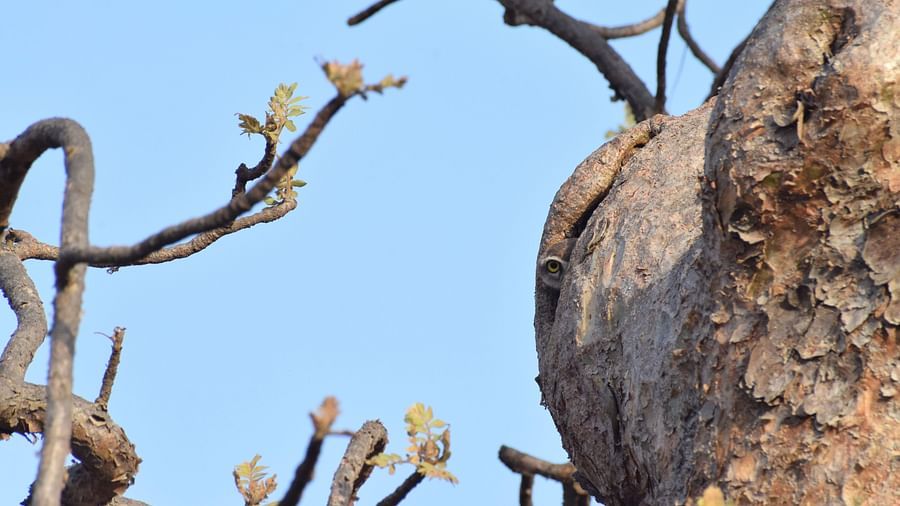
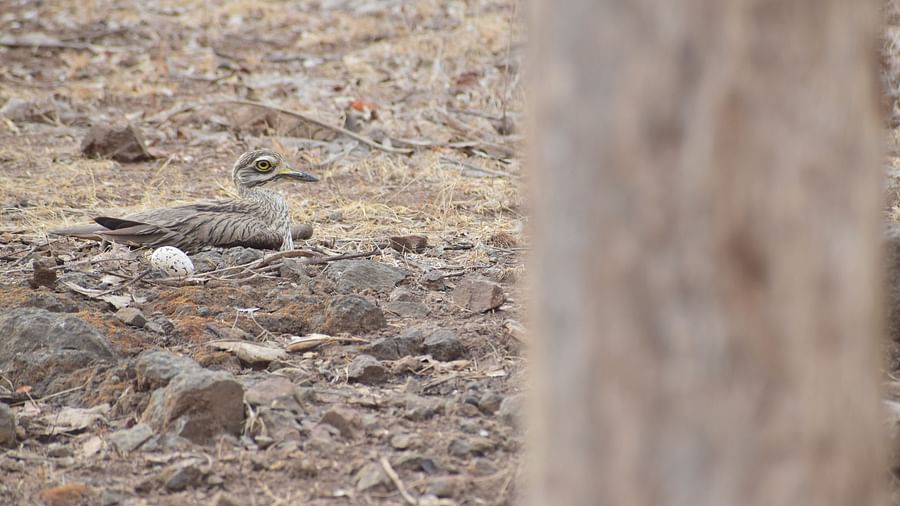
By stopping to watch and photograph birds, not only is one able to appreciate the beautiful sounds of nature but also admire the architectural expertise they have when it comes to building their nests. For instance, Nachan (White-throated fantail) collects moss, grass, rotten wood, other soft material and makes a nest by tying it with a web – it almost looks like an ice-cream cone!
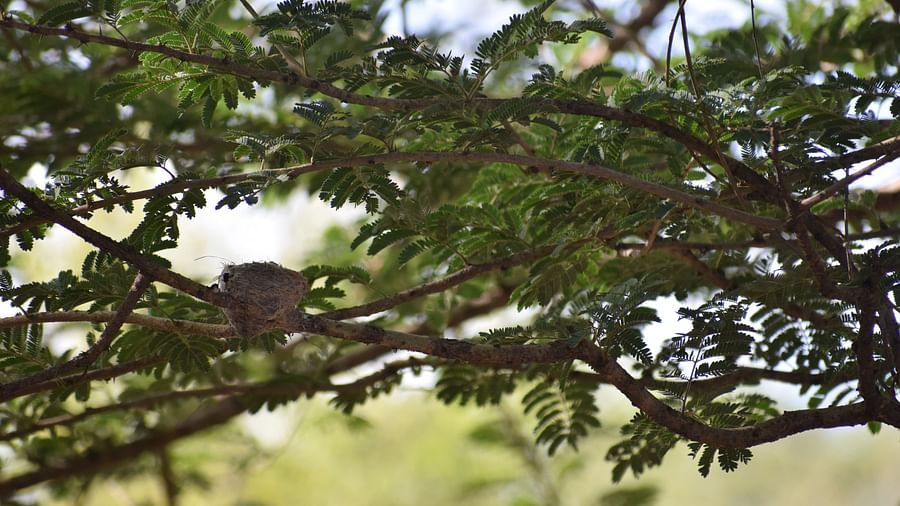
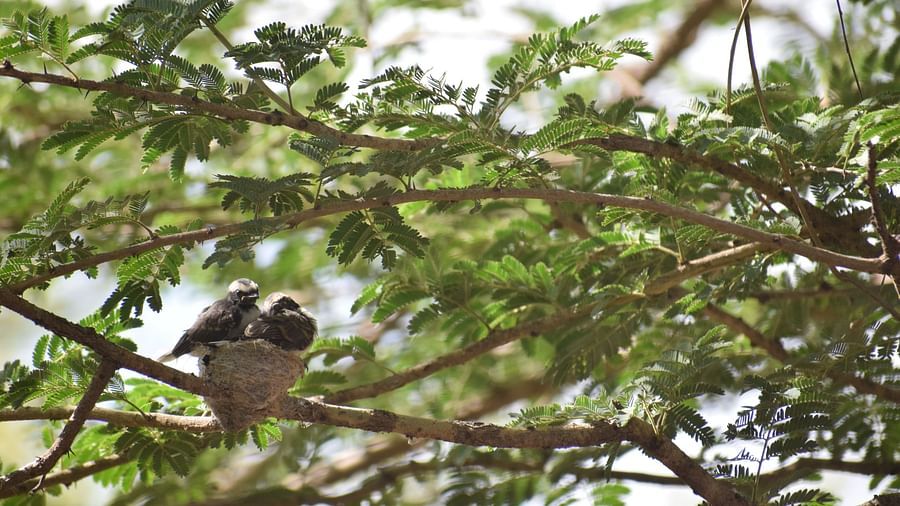
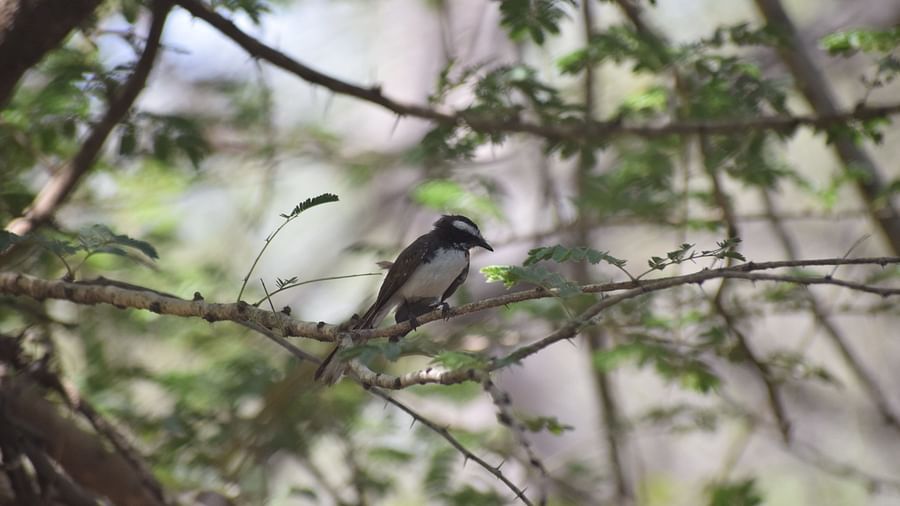
The Crested treeswift builds a small, thin-walled and shallow nest made of pieces of bark and feathers glued with mucus to the side of an open tree branch.
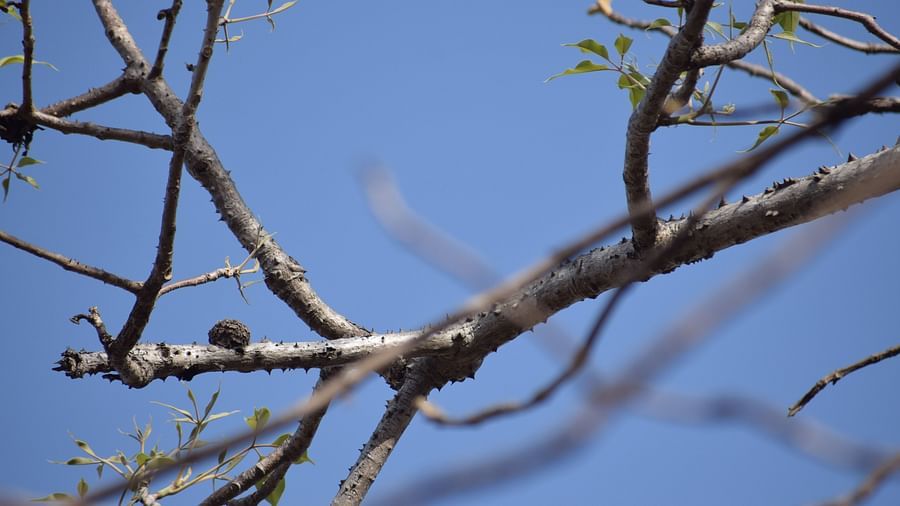
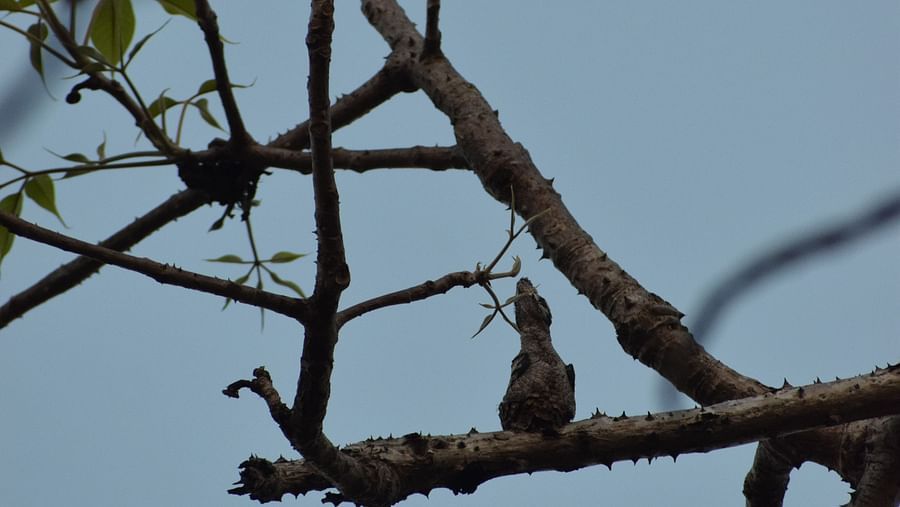
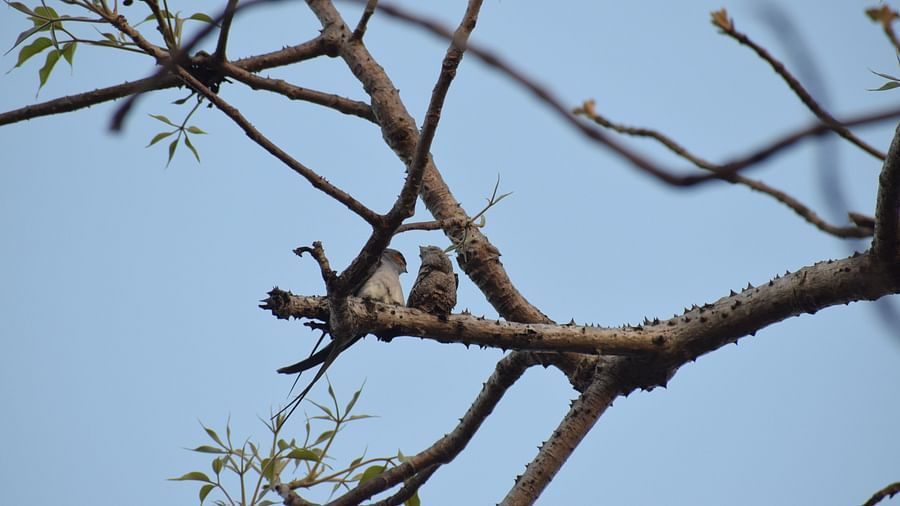
Take a look at some of these nests. They are sure to blow your mind away.
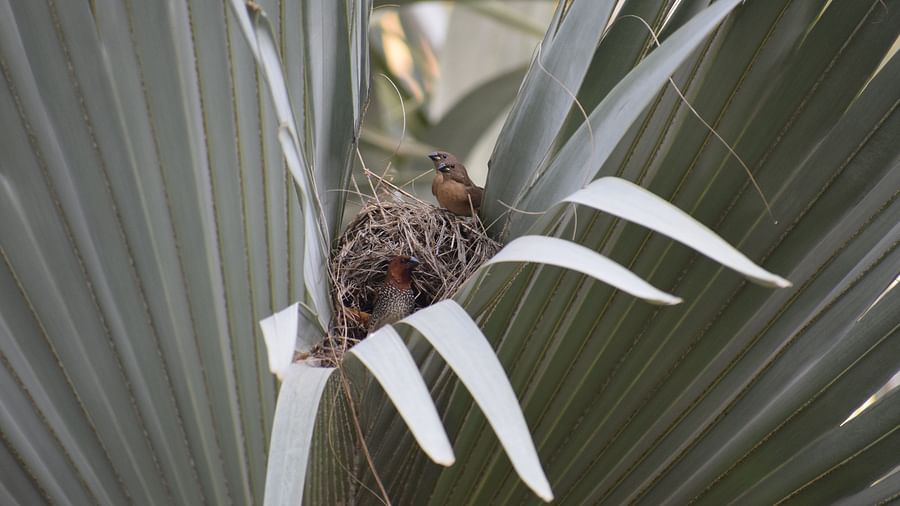
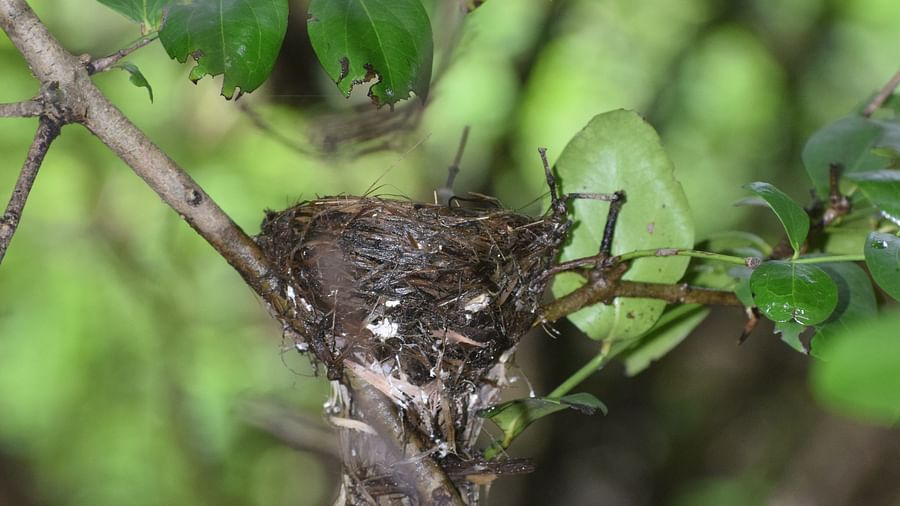
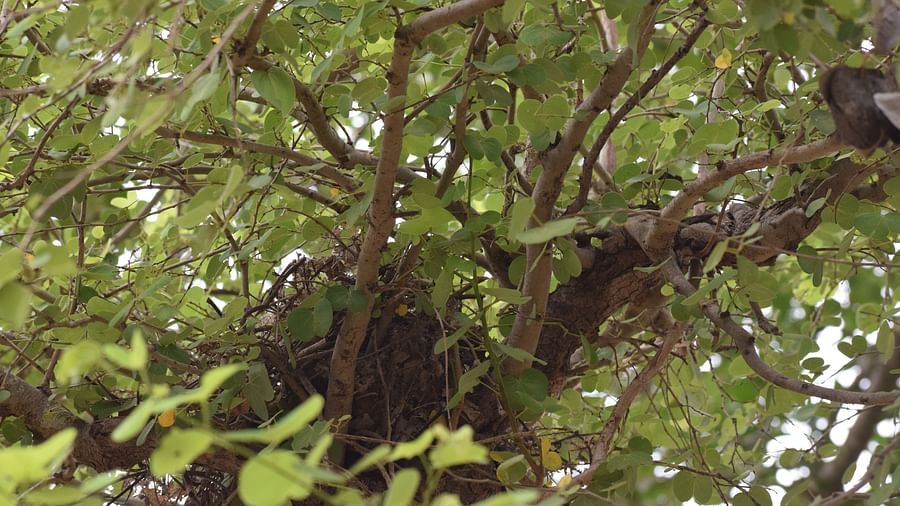
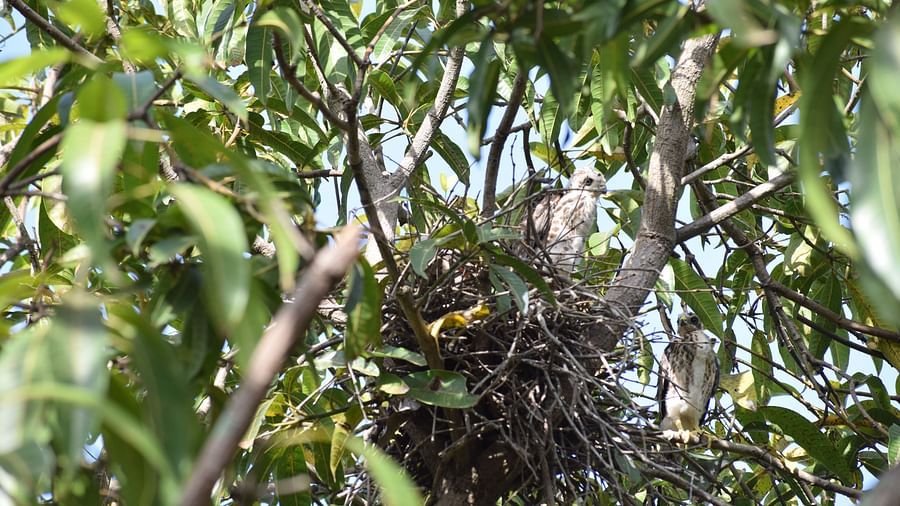
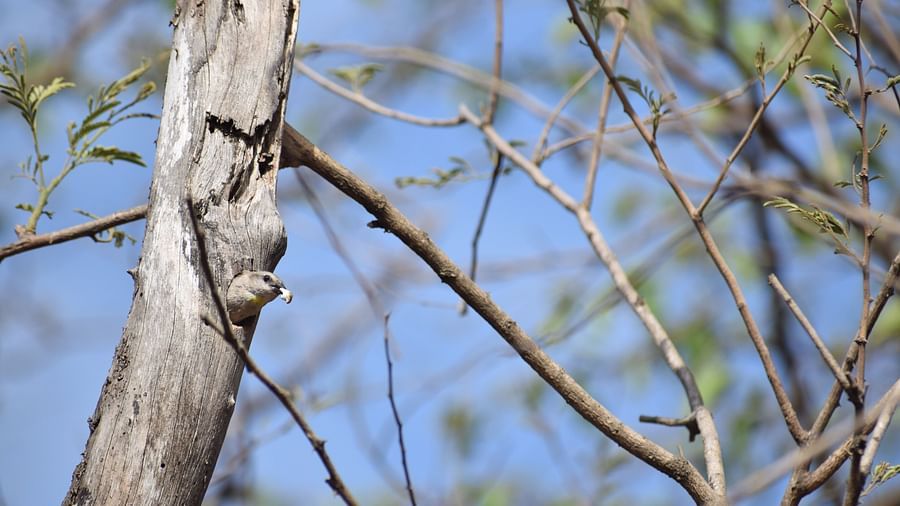
In Gir, winter is the season of migratory birds, such as Red-headed vulture, Painted stork, Bar-headed goose, amongst others.
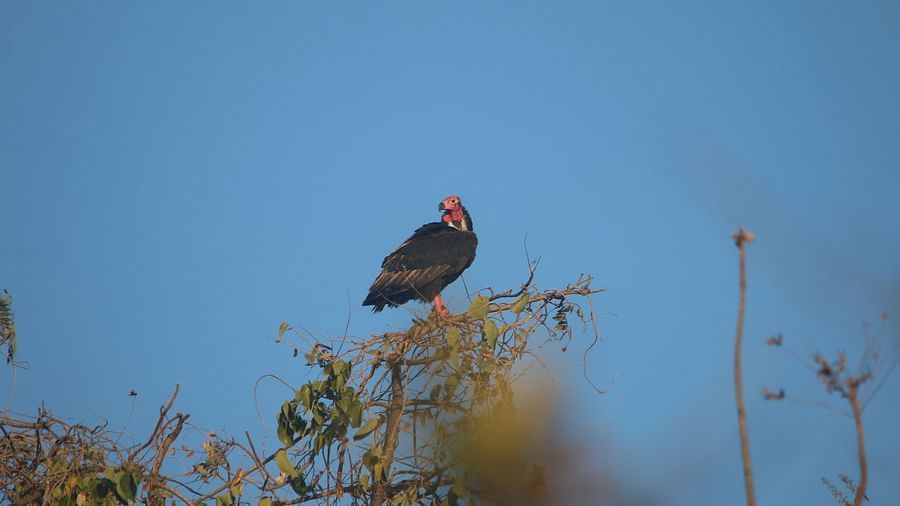
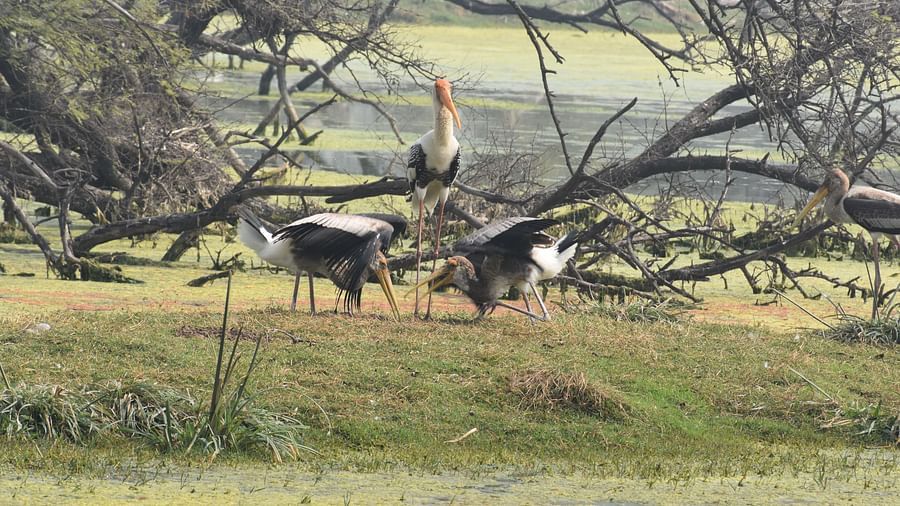
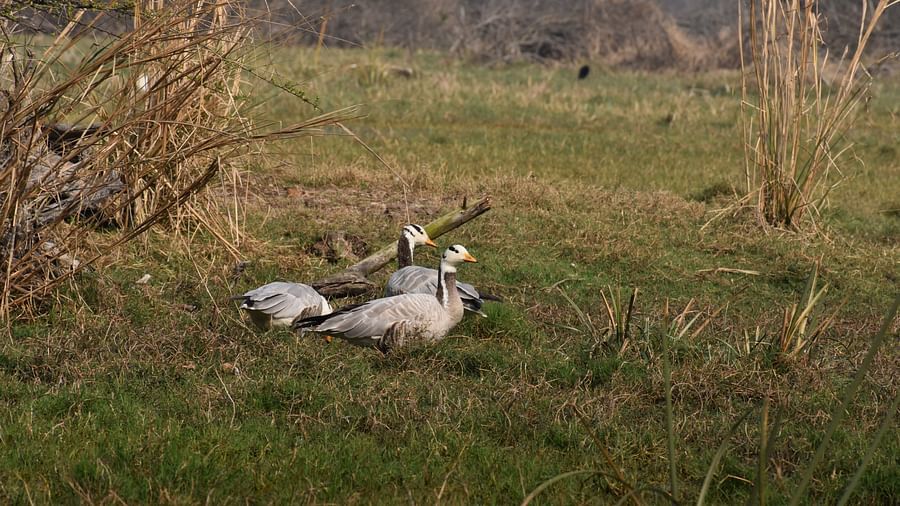
On a side note, most of the reptiles in winter go through Brumation (a dormant state) and their activity is not as high as it is in months of monsoons, but then they can be seen while they come out to feed or bask. Couple of days back we spotted the Indian Chameleon in our Edible Garden lazing around in the sun. Interestingly, he is also helping our gardeners by eating insects.
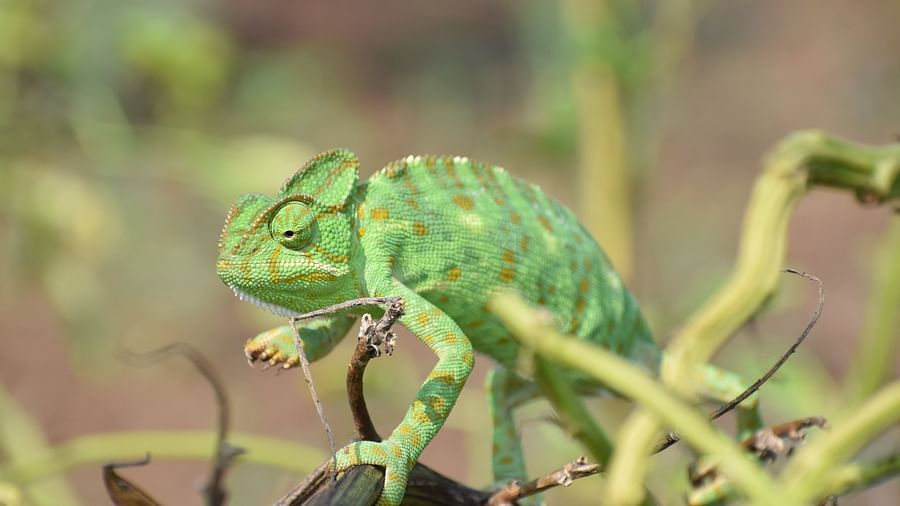
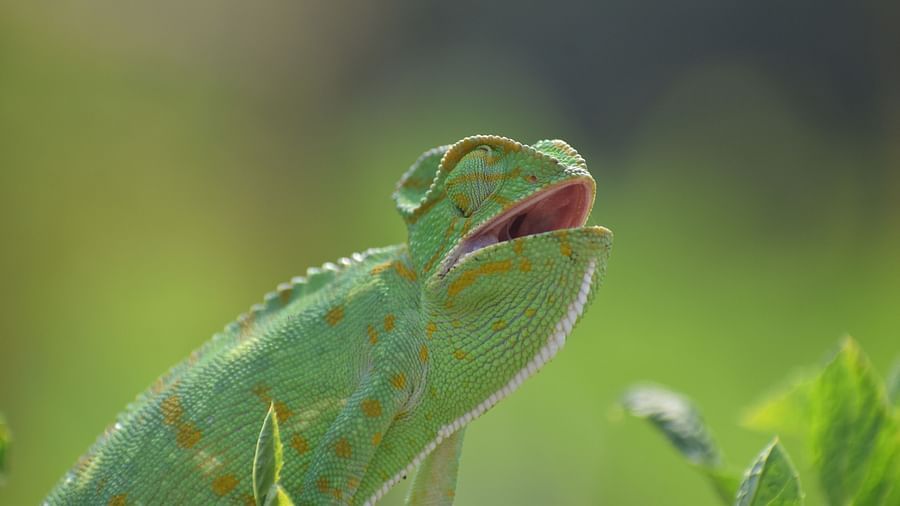
Visit this thriving haven for a multitude of feathered wonders in winter as it’s best time to visit the Gir National Park and explore it in its complete glory.

